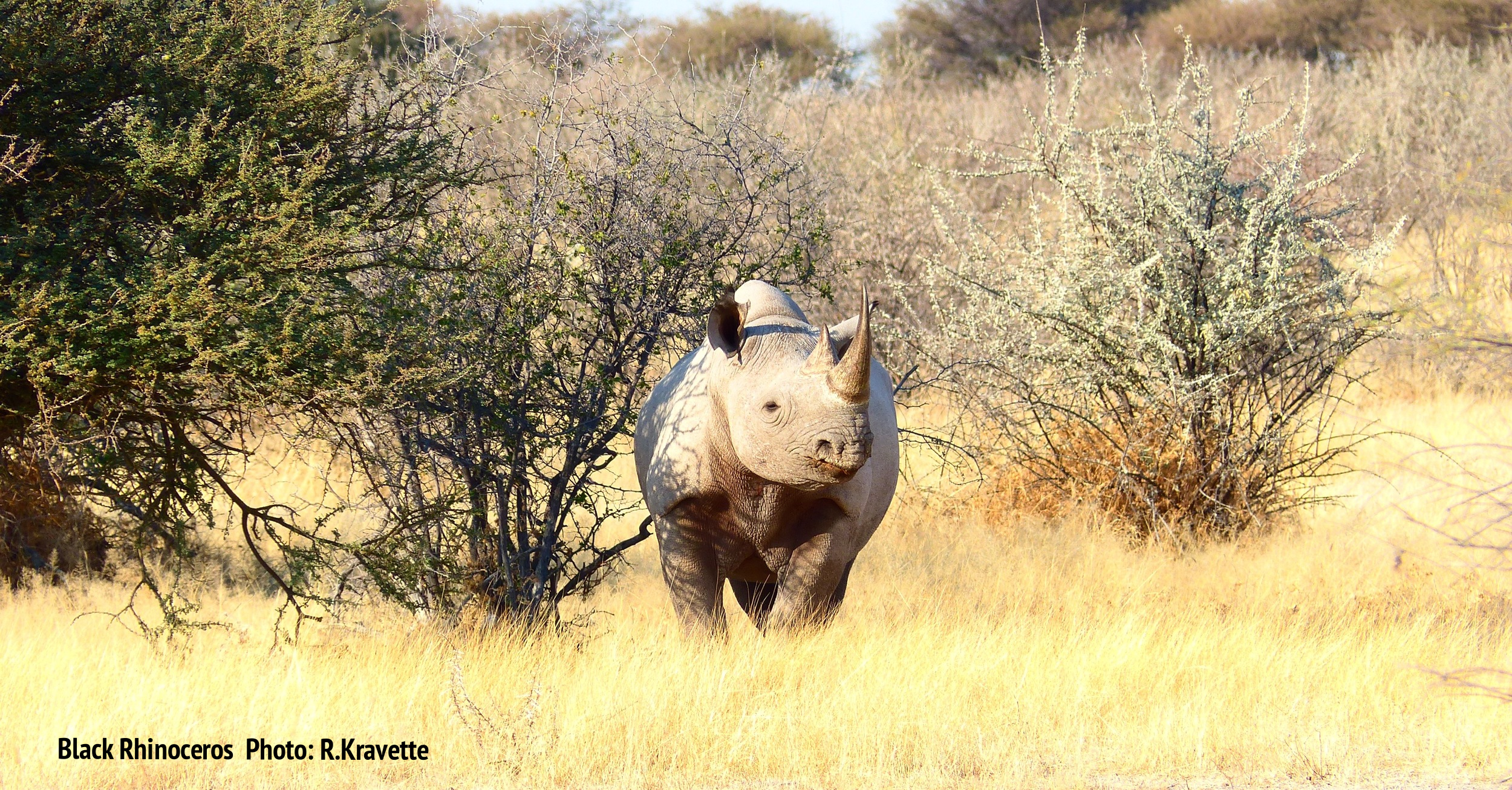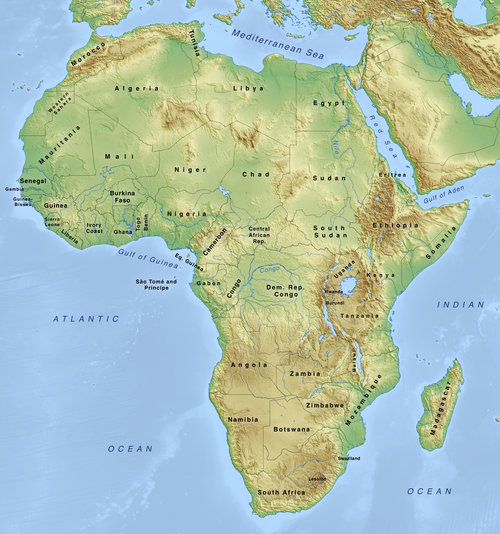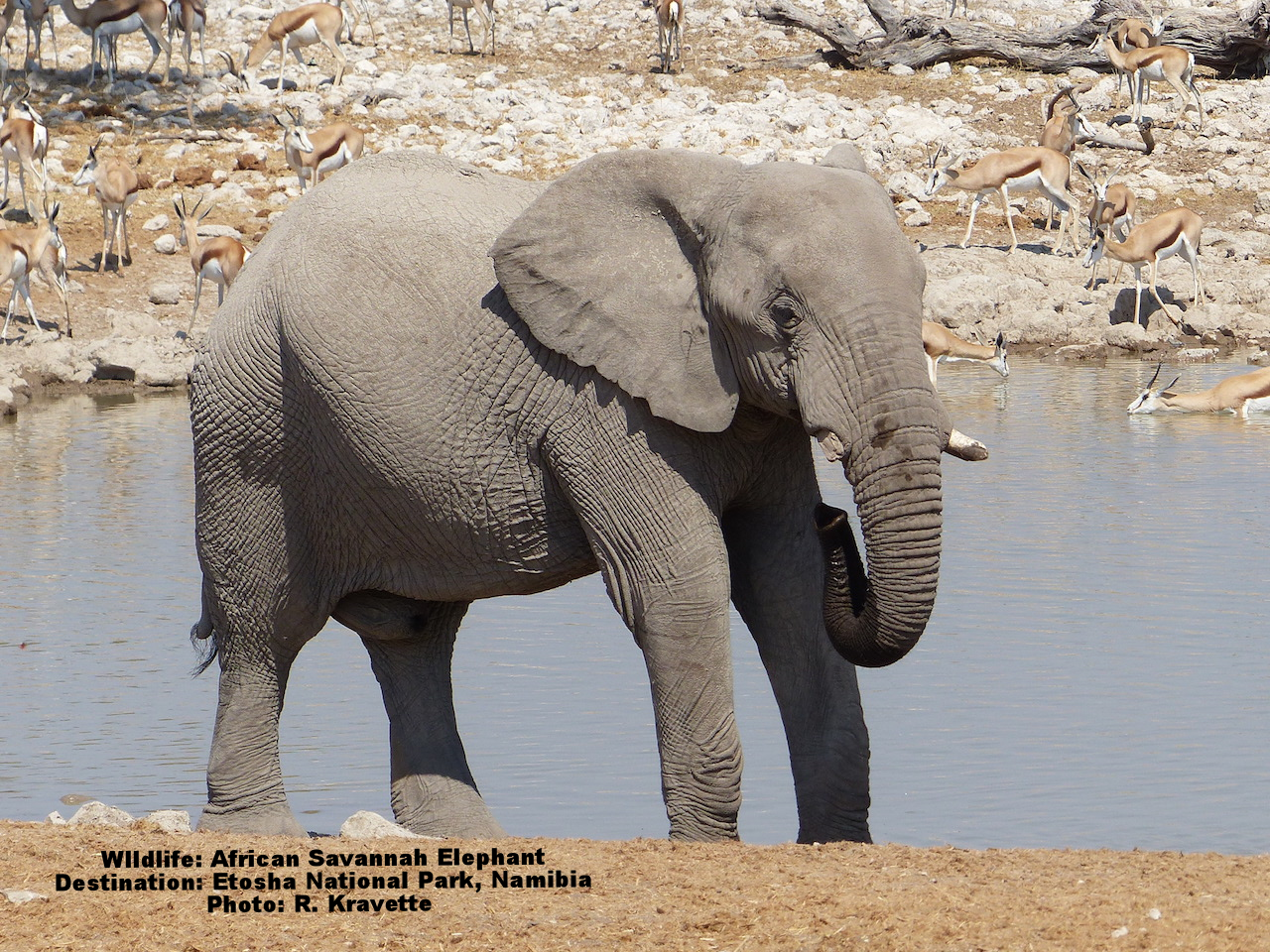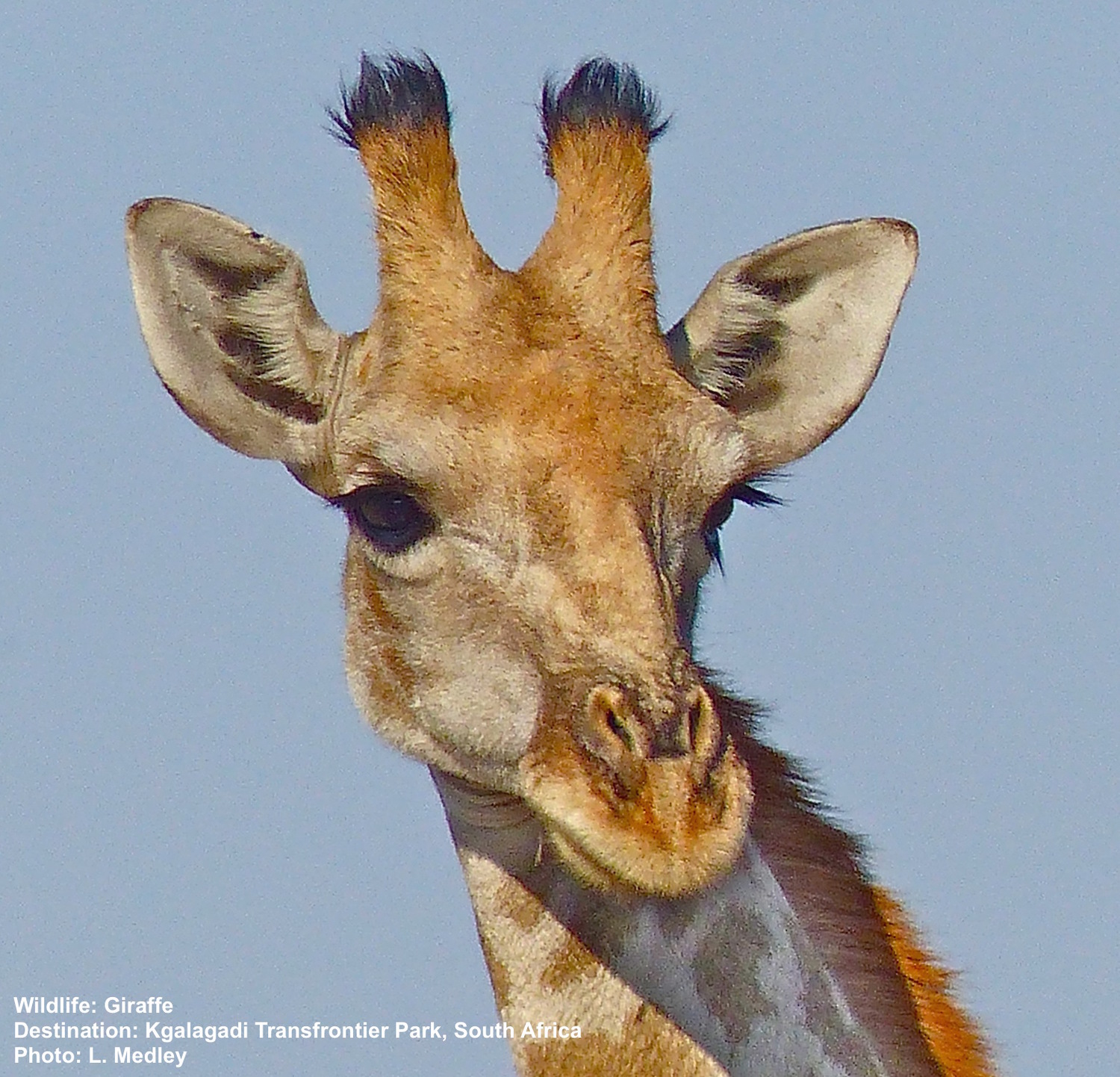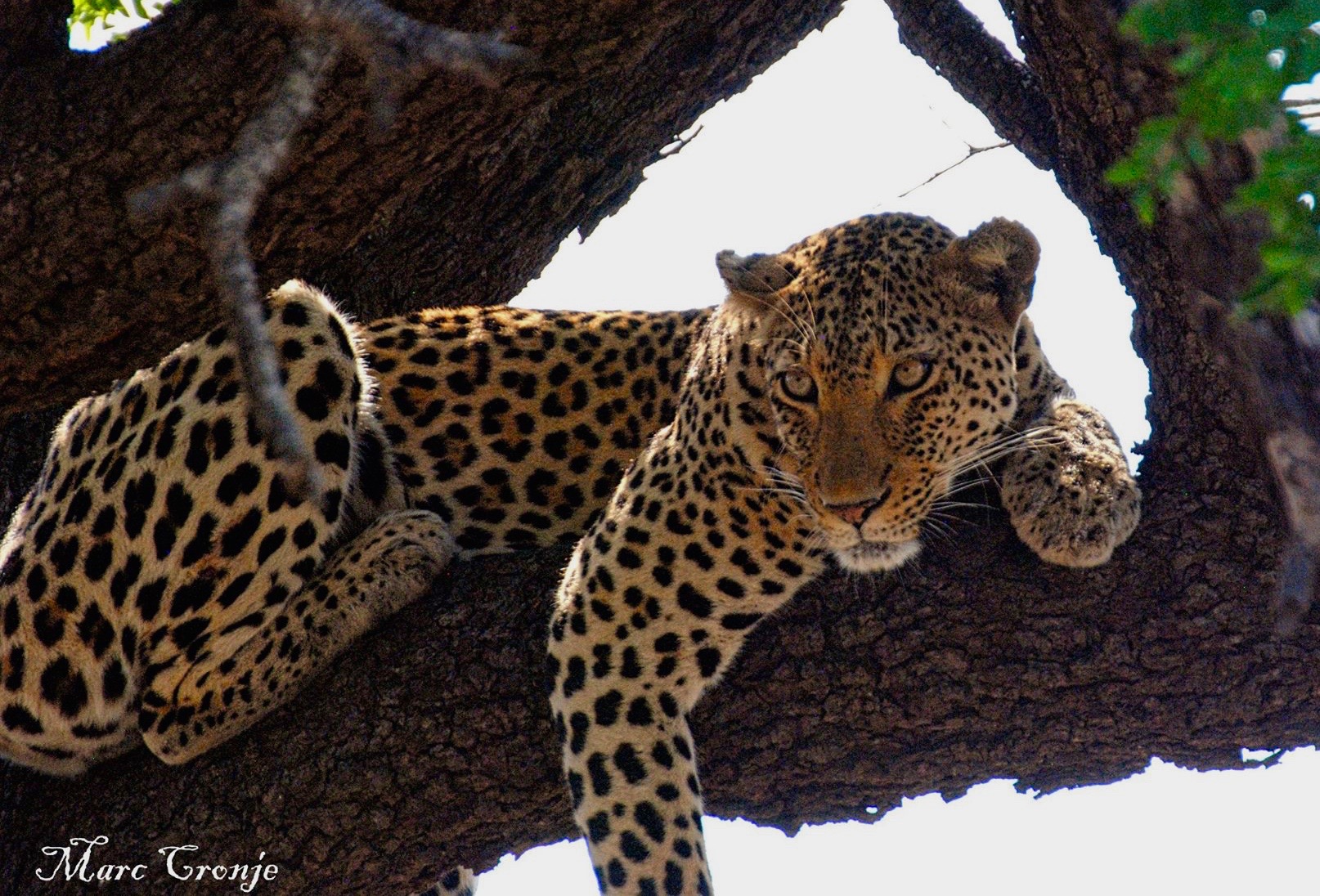Field Guide to African Painted Dog
Chapter Three: Conservation
How Many African Painted Dogs are Left in the Wild?
ICUN Red List: Endangered and Decreasing
It is thought that in the not so distant past more than 500,000 painted dogs ranged over 39 countries in sub-Saharan Africa. Today, approximately 6,600 survive, although some sources put the figure significantly lower. They exist in small packs thinly spread through diminished ranges in Zimbabwe, Botswana, South Africa, Tanzania, and perhaps Senegal, Ethiopia, and Mozambique. There may be additional tiny populations elsewhere, but most sighting reports are unconfirmed.
Painted Dogs are Regionally Extinct in 11 Countries
As per the IUCN assessment published in 2012, painted dogs are regionally extinct in at least 11 countries: Egypt, Cameroon, Burundi, Eritrea, Gabon, Gambia, Ghana, Mauritania, Rwanda, Sierra Leone, and Swaziland. And probably extinct in 7 more: Mali, Nigeria, Uganda,Togo, Democratic Republic of Congo (DRC), Côte d'Ivoire, and Guinea-Bissau.
Conservation Notes
Painted dog is a wanderer; in the Serengeti packs have ranges that cover up to 900 sq. miles (2,300 sq. km). Territories of up to 150 sq. miles (390 sq. km) are considered normal. Habitat encroachment has severely diminished their rangelands causing tremendous negative impact on overall painted dog numbers. As habitat encroachment caused more contact between man and painted dog, human fear, much of it based on superstition, lead to the systematic extermination of entire populations. For decades, all over the African continent, painted dogs were systematically hunted, shot, snared, and poisoned, in some cases encouraged by local and even national governments.
Before a hunt, painted dogs get each revved by jumping around, playing. teasing, whining, and making other excited noises. Kruger National Park. Watch the video below and be sure your sound is turned up. Image: Thanks to ©Marc Cronje, Independent Field Guide
Additionally, diseases such as distemper and rabies transferred from domestic animals spread rapidly among painted dogs, and have been known to wipe out entire packs at one time. (Update: 6/8/16: On May 27, 2016 authorities at Kruger National announced the loss of the entire Lower Sabie pack from canine distemper probably spread through contact with a sick or feral domestic dog.
The effects of all of these factors are intensified by the species’ own unique social system. Packs members are very dependent on each other; as a group they all help raise the young and, unusual in the animal kingdom, also take care of the weak and sick. When one individual is killed it can cause the others to disperse lessening survival chances for all.
Ironically, although “dogs” are one of the most beloved animals on the planet, this endangered species has inspired neither the passions that are helping spread awareness of the grey wolf’s plight, nor have they directly inspired significant responsible wildlife travel as has the charismatic elephant or lion. It is a rare safari traveler that has painted dog on their “must see” list; many people are either not aware of the species at all or confuse them with feral domestic dogs, See: “What’s the Difference: Painted Dog Verses Domestic Dog” above.
Encouraging News
Without ivory for the black market or “trophy” game status, painted dogs are in some ways more fortunate than several other endangered species – they are hunted “only” for bush meat or out of a misplaced fear for the safety of the community or farm animals.
Systematic extermination throughout their range has brought painted dogs to the edge of extinction - but with efforts directed at educating local people and without either the ivory or "trophy" status that fuels poaching of other species, there may be hope. Image:Thanks to ©MArc Cronje, Independent Field Guide. Destination: Kruger National Park, South Africa.
Dead or Alive: It is becoming clear that the fate of wildlife is irrevocably linked to the value they bring to the surrounding communities. If the animals are more valuable dead, they will be invariably end up dead. If more beneficial alive, communities will endeavor to preserve them. The Painted Dog Conservation (PDC) in Zimbabwe is an example of using this understanding for the benefit of all.
Community Benefits: Painted Dog Conservation spends considerable resources enhancing the long-term well-being of the surrounding human communities, ensuring that everyone benefits from painted dog preservation. Their Dedicated Education Outreach Officers introduce children to biodiversity and teach water and soil conservation through school and community programs, conservation clubs, and their popular Children’s Bush Camp (over 9,000 children and counting). Community Development Officers focusing on food security programs, work with adults on sustainable farming and livestock husbandry, water purification, HIV resources, and women’s financial empowerment initiatives.
Panted Dog Conservation in Zimbabwe uses collars to chart these wide ranging animals. They work with local people to instill a sense of connection between the community's well-being and that of the wildlife surrounding it. Image: ©Paualfrenchp ⎮dreamstime.com
On the species preservation side, the PDC further involves the communities by color-coding the radio tracking collars; this allows community members to “know” the individual animal they are spotting.
Local Actions: These efforts and more are resulting in communities developing a kind of benevolent “ownership” of the wild painted dogs. Villagers have formed their own anti-poaching teams, and together with the PDC’s own patrols in cooperation with the Zimbabwe Parks and Wildlife Authority, helped find and remove over 30,000 snares in 2015.
Unfortunately, 30,000 snares discovered and removed is not enough, the PDC also runs a rehabilitation and release program for the painted dogs still being injured or orphaned. And finally, the benefits of wildlife tourism are brought home to villagers through the Interpretive Hall at Hwange National Park. Here everyone can learn about the species, and locals share in the opportunities and dollars, tourists traveling to experience wildlife, including painted dogs in their natural habitat, bring to their communities.
Members of a painted dog pack always seem to be having a good time together. This guy, running with his mates, is probably on a hunt. Destination: Kruger Park, South Africa Image: ©Marc Cronje, Independent Field Guide.
Results: As with any business, “Conservation” results are quantitative: According to the Wildlife Conservation Network (WCN), the painted dog population has grown to 700 individuals in Zimbabwe, an increase of over 300 individuals since PDC began work there.
The PDC’s programs are building more economically stable and healthy human communities with the happy by-product of multi-generational community partners for the painted dog preservation. There is reason for great hope for the community’s and painted dog’s success. See the PDC’s annual report for more information on their programs and results.
Painted dogs have two natural enemies: hyenas and lions. These lionesses are likely to dig out a den and take all the newborns - plus the adults defending them. Image: © Marc Cronje, Independent Field Guide, African Wildlife Specialist.
Watching these animals interact, you cannot help but want to give them a treat as you would your own dog, but these are wild animals - NOT FERAL PETS. The "treat" you give them today could cause their death tomorrow. Wildlife habituated to humans become dangerous and endangered. Image: Thanks to ©Marc Cronje, Independent Field Guide.
More Information on African Painted Dog Subspecies
Very little information is available on painted dog’s subspecies. The reader is invited to contact us with additional or corrected material. As for viewing, in most cases, the best places to safely see painted dogs in the wild are listed above.
Lycaon pictus pictus
Watching you watching them: Painted dog. Image: © Marc Cronje, Independent Field Guide. Destination: Kruger National Park, South Africa
Sometimes called: Cape wild dog
IUNC: Not separately assessed
Description: Coats have a large amount of yellow and orange with some black on their backs. Undersides are mostly yellow with white on the throat.
Present Range: Southern Africa.
Possible Viewing Destination: No specific information for viewing this subspecies was found.
Wildlife Bonus: Not applicable.
Lycaon pictus manguensis
Some of the planet's most beautiful and ecologically important places are in the least visited countries. This is a view of Senegal's Niokolo-Kobe National Park from the Gambia River. UNESCO describes it as having "outstanding universal value" - and possibly painted dogs. Go explore! Image: ©Antpun⎮Dreamstime.com
Sometimes Called: West Africa painted dog
IUNC: Not separately assessed
Description: No specific descriptive information found.
Present Range: Formerly widespread in central and west Africa, now possibly only in Niokolo-Koba National Park, Senegal or in W National Park straddling Benin, Burkina Faso, and Niger.
Possible Viewing Destination:
Senegal, Niokolo-Koba National Park
This is a UNESCO Heritage site, situated along the Gambia River and under pressure from poaching and human encroachment. The economic benefits of your responsible wildlife tourism may encourage local communities to become more involved in conservation and habitat preservation. This is a malaria zone.
Wildlife Bonus: 70 mammal species including: Derby eland (the world’s largest antelope), chimpanzee, green monkey, bay colobus, lion, leopard, elephant, and 329 species of birds, 36 reptile, and 20 amphibian species.
Captured by camera trap, one of South Sudan’s extremely rare African painted dogs. Image: Bucknell University/FFI These are so rare that they were not known to exist in South Sudan until these camera trap images appeared in 2020.
Lycaon pictus sharicus
Sometimes called: Chadian wild dog
IUNC: Not separately assessed
Description: No specific information found regarding this subspecies.
Range: Native to central Africa: Central African Republic (CAR), Congo and Chad. They were probably wiped out in the later two, but there might be a small population left in CAR.
Possible Viewing Destination: Central African Republic, * Manovo-Gounda St. Floris National Park. This UNESCO Heritage site is surrounded by game reserves, but this has not slowed down extensive poaching. The park is also used for livestock grazing, agriculture, diamond mining and is highly subject to human caused fires. Additionally, China is reportedly conducting petroleum prospecting. Sadly, according to a World Heritage Outlook Report, the park has lost 75% of its wildlife in the last five years. Park management does not seem to be consistent or effective.
* Not recommended for tourism at this time.
Wildlife Bonus: Historically reported: Hippopotamus, black rhinoceros, elephant, leopard, lion, giraffe, buffalo, red-fronted gazelle, kob, duiker, waterbuck, hartebeest, oribi, topi, roan antelope, and giant eland. Some 320 species of bird and waterfowl have been identified, with at least 25 species of raptor including bateleur and African fish eagle.
Lycaon pictus somalicus
Sometimes Called: Somali wild dog
IUNC: Not separately assessed
Description: Similar but smaller than L.p. lupinus. Its coloring includes a more buff tone rather than yellow or bright orange. On-going civil wars make painted dog’s survival in Somalia or Eretria questionable.
Present Range: Horn of Africa
Possible Viewing Destination: There have been occasional, mostly unsubstantiated, reports of painted dogs in the Bale mountain region of Ethiopia.
Wildlife Bonus: If in the Bale mountains: Ethiopian wolves, giant molerats.
There "may" be painted dogs in the Bale Mountains but a visit to Ethiopia's rooftop will certainly get you a glimpse of the endangered Ethiopian wolf found only here. Painted Dog (Canis simensis)and Ethiopian wolf (Lycaon pictus) are both evolved from Canina Image: Thanks to AvianAdventures
Show and Tell
We want to hear from you! Do you have an African painted dog story to share - or would you like to see one? Contact us. Put Painted Dog! in the subject line
MORE!
Special Thanks
Peter Bliston, David Kuvawoga and Jealous Mpofu and The Painted Dog Conservation, Hwange, Africa. Follow on Facebook
Marc Cronje, Independent Field Guide, South Africa. Follow Marc on Facebook
Gerry Griffith, Avian Adventures For use of his Ethiopian wolf image
Don't let this be 'good-by" to painted dog - seek them out and send us your adventures! Image: Thanks to ©Marc Cronji, Independent Field Guide. Destination: Kruger National Park, South Africa


